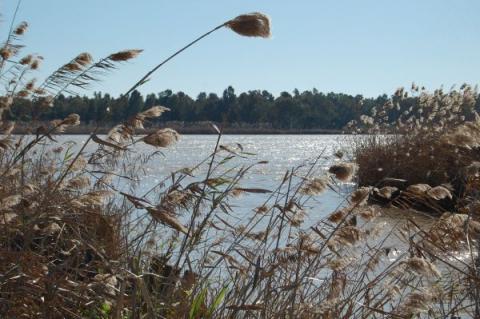
While a large volume of macro-level data exists on how the global climate is changing, there is little empirical and comparable information on the impact at a local level, and even less on how municipalities, societies and industries are reacting. By analysing responses and adaptation strategies to climate change in 23 case studies, 14 research institutes in 9 countries have compiled a unique database of interventions in diverse geographical regions, from coastal zones and urban areas to sectors such as agriculture, forestry and water resource management.
Working in the EU-funded BASE project, the partners are helping to overcome the lack of knowledge about the benefits and costs of adaptation, and to reconcile the bottom-up nature of society and industry responses with the top-down approach of policy-makers.
“When it comes to adapting to climate change, there is no one-size-fits-all approach. Different regions suffer different consequences, and even if the risks are similar, the responses may be very different due to variations in geography, land use and societal and cultural factors,” explains Hans Sanderson, a senior scientist at Aarhus Universitet in Denmark and coordinator of the BASE project.
By adopting an empirical approach to analysing climate change adaptations, the BASE team has been able to generate an unprecedented volume of comparable data on the effectiveness and cost-benefit impact of different responses, providing a crucial information resource for all stakeholders.
Bridging the ‘adaptation gap’
While it is unlikely that a successful flood-mitigation strategy used in seaside Copenhagen would work in the same way for landlocked Prague, for example, the strategies of both cities can now be compared by other municipalities facing similar challenges and seeking to develop their own approach tailored to local environmental, social and economic factors.
The case studies also highlight the importance of policy-makers coordinating their responses with each other, and especially with other stakeholders such as residents, farmers and businesses directly impacted by climate change.
For example, Sanderson points out that large and costly top-down infrastructure projects might be avoided simply through better coordination with other stakeholders, or a different approach could be developed that has a much better cost-benefit ratio. Knowledge-sharing in this way also avoids the risk that top-down strategies, which seem effective on paper, end up not being implemented in practice because of poorly understood local realities, a problem that the BASE researchers describe as the ‘adaptation gap’.
“Lots of theoretical studies have been done on adaptation to climate change, but until now there has been little practical information on effective responses taking place on the ground. BASE is helping to bridge that divide,” the project coordinator explains.
The results from the BASE case studies are being fed into the European Commission and European Environment Agency’s Climate-ADAPT system, a platform to enhance coordination and data sharing on climate-related challenges and responses across Europe. The BASE team is also developing a tool called BECCA that will allow stakeholders looking for best-practice adaptation strategies to identify prior examples that can provide them with a starting point for their own solutions.
Some of the partners are also planning to build on the work conducted in BASE in a follow-up project, for which they are seeking support from the European Commission’s Horizon2020 programme.
“While BASE focused primarily on societal and public-sector adaptation strategies, we want to look more closely at the economic and business impacts, and how the private sector can address the challenges and opportunities generated by climate change,” Sanderson says.
Farmers are an obvious example of a sector in particular need of effective strategies, he continues, but all industries need to consider the consequences of climate change-related events, such as flooding and storms that can close factories and damage infrastructure not just in Europe, but also in a global economy with trade partners around the world.
Original article here.



